How to Take Care of Photos: Complete Guide for 2022
The Photos
Pothos plants are known for their ease of care and durability. They thrive in a bright, well-lit area; however, they can tolerate lower light.
Native to Southeast Asia, the cascading Pothos plant makes a fabulous hanging plant. This plant can also be trained to grow on a vine or trellis.
Pothos plants are very effective at cleaning the air of harmful chemicals. They are air purifiers, removing common toxins, making them a healthy and beautiful choice for your space.
_________________________________________________
How to care for your Potho
It tolerates low light, growing well in medium to bright areas. The color intensity will be more pronounced in brighter light. They don't do well in direct sunlight, as the sun will burn the foliage.
Water your Pothos enough to keep the soil moist, but not saturated, so it's best to water when the top 50% of the soil is dry. Don't worry if you forget; it will tolerate a missed watering from time to time! Watch out for yellow leaves; they're a sign of overwatering.
This plant adapts easily to any environment, but will thrive with a little more humidity. Brown leaf tips may indicate that the air is too dry.
Prefers medium to warm temperatures, 20°C-30°C.
It's a very easy houseplant, and you don't have to worry much about fertilizing it. Feed it about every 6 months, and you won't need anything else.
Pothos is mildly toxic to pets and humans. Ingestion will usually cause mouth and stomach irritation, with possible vomiting.

_________________________________________________
Common problems for your Potho

Your Pothos leaves could be turning yellow for several reasons, here are some possible causes:
- Humidity
The most common cause of yellowing leaves among plants is inadequate soil moisture, particularly overwatering. Only water the plant when the top 50% of the soil is dry. The soil should remain moist, but not flooded. In winter, you can allow your plant to dry out a little more between waterings, but be sure to increase humidity with regular misting, a humidifier, or a tray of stones and water (pebbles).
When watering your Photo, make sure to provide enough water so that the liquid flows through the pot's drainage holes. It's extremely important to discard any excess water in the saucer and not let the plant sit in standing water. The Photo won't respond well to "wet feet," which can cause root rot and eventual death.
Providing adequate and consistent soil moisture is important in Photo's care. Alternating between dry and wet soil from poorly timed waterings can create stress and cause the plant to turn yellow.
- Inadequate light
Pothos grow best when placed in bright to medium indirect sunlight, but will adapt to lower light if necessary. However, if placed in too little light, yellow leaves may develop. Be careful not to place your Pothos in full sun; when exposed to direct sunlight for too long, the foliage will scorch.
- Pests
A weakened or stressed photo plant is more susceptible to insect infestations. Sap-sucking insects like spider mites can drain the plant of moisture. This problem quickly manifests itself as yellowing of the foliage. Scale, mealy bugs, and spider mites are common in indoor conditions. If not killed promptly, these tiny pests proliferate and move throughout the plant. The insects will kill the plant, accelerating the yellowing, especially if your photo plant is already unhealthy due to poor lighting, a nutrient deficiency, or inadequate soil moisture.
- Some yellows are natural
Is your photo growing new growth? If there is new growth and the yellowing leaves are older, particularly at the bottom of the plant, this discoloration is natural. The plant is shedding its old leaves and directing energy toward the new ones.

It can be alarming to notice a leaf suddenly falling from the plant. If your Pothos looked great yesterday, but today it looks sad and lackluster, don't be alarmed! This can be normal.
Incredibly dry soil
This plant likes to stay consistently moist, so make sure it's getting enough water. Maintain a consistent watering schedule, when the top 1/3 of the soil is dry.
If you accidentally let your Photo's floor dry out completely, you may see the leaves dry out and fall off, in which case it is advisable to place it in an intensive soak.
Here's how to soak the Photo:
- Place your plant in the sink, container, or tub. Fill it about three-quarters full with water. Make sure the water isn't too hot!
- Let the plant absorb water through the drainage holes in the pot for at least 45 minutes.
- If not all of the soil feels saturated (you can insert a finger or toothpick to check the moisture level), lightly water the plant from the top of the soil to help speed up saturation.
- Once the plant's soil is evenly moist, let it drain for a few hours to allow it to drain properly, then place the plant back in its proper location.
- Keep in mind that when the soil goes from dry to saturated, it can cause stress for the plant and lead to leaf drop. Give it some time to adjust.
There is not enough humidity
The plant will grow optimally in a humid environment. You can use a tray of water with stones nearby or a humidifier; it's also a good idea to mist it frequently.




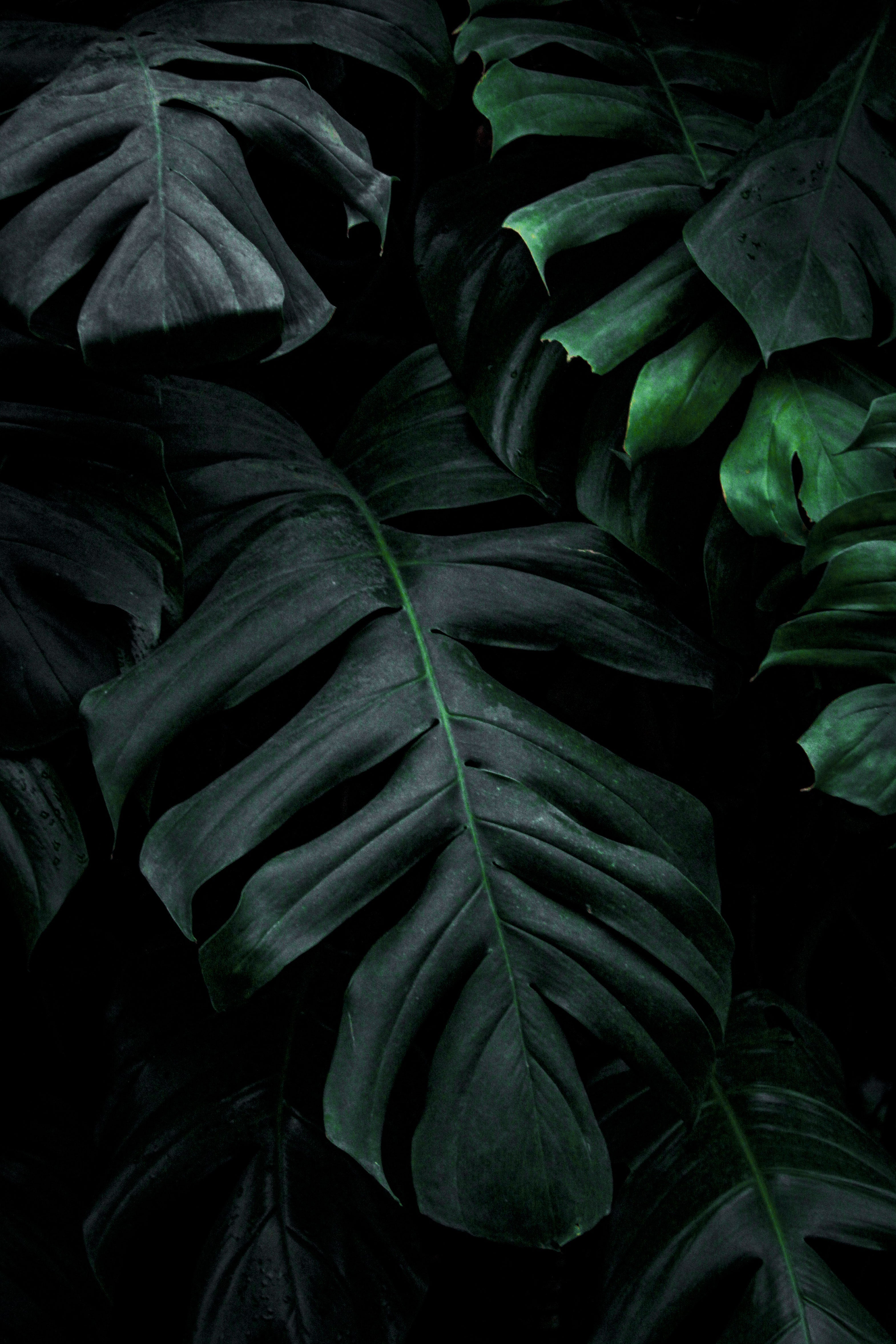
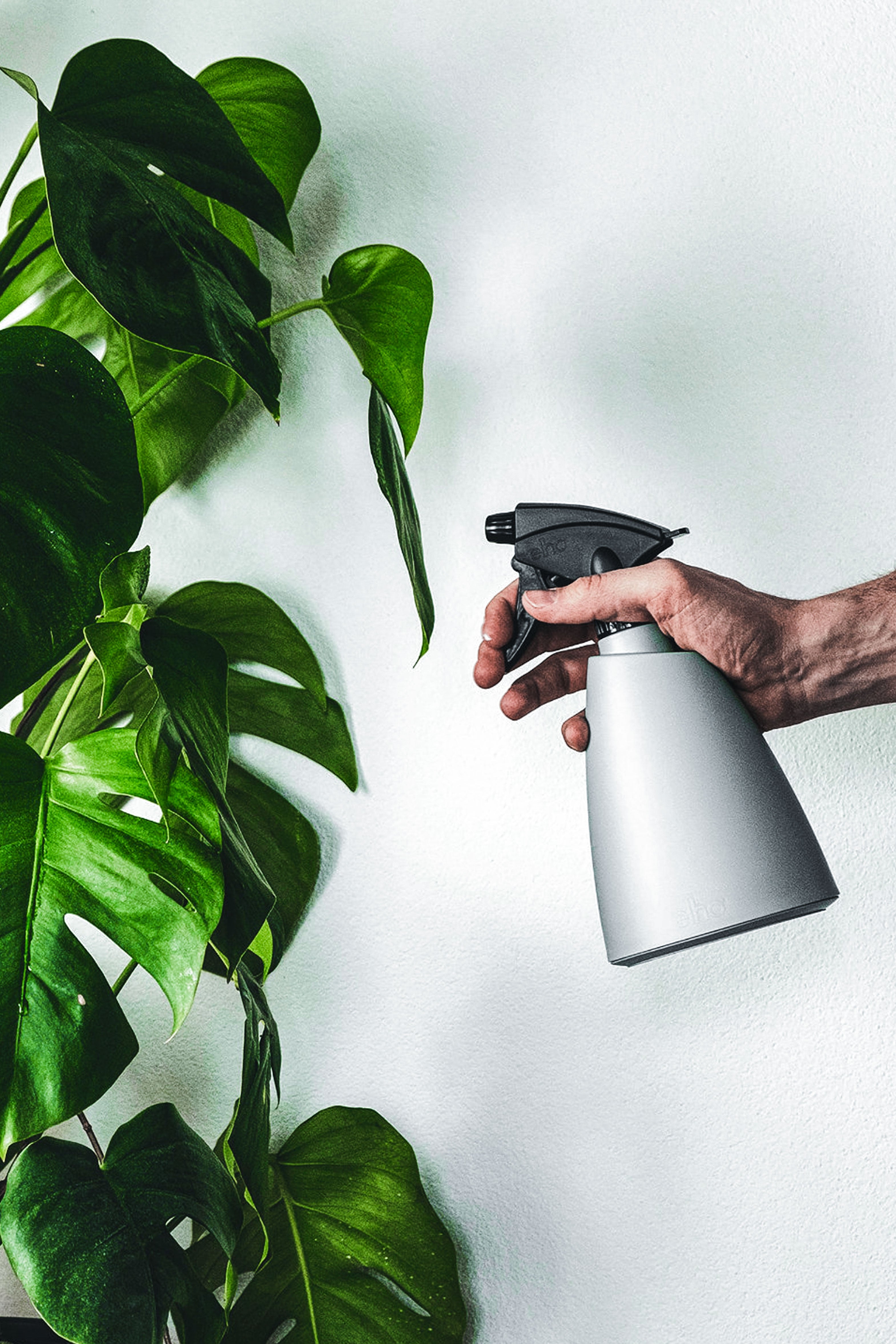
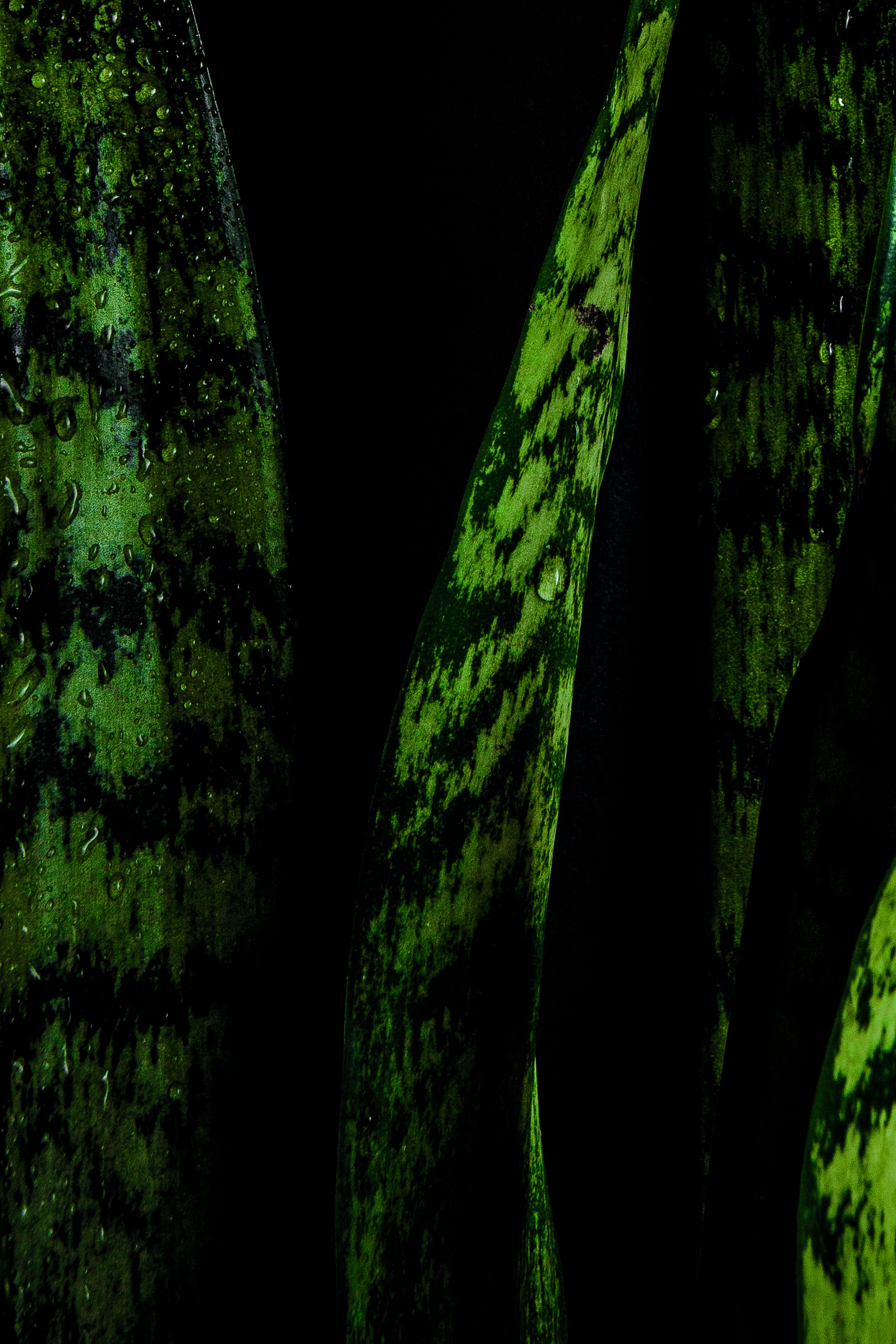
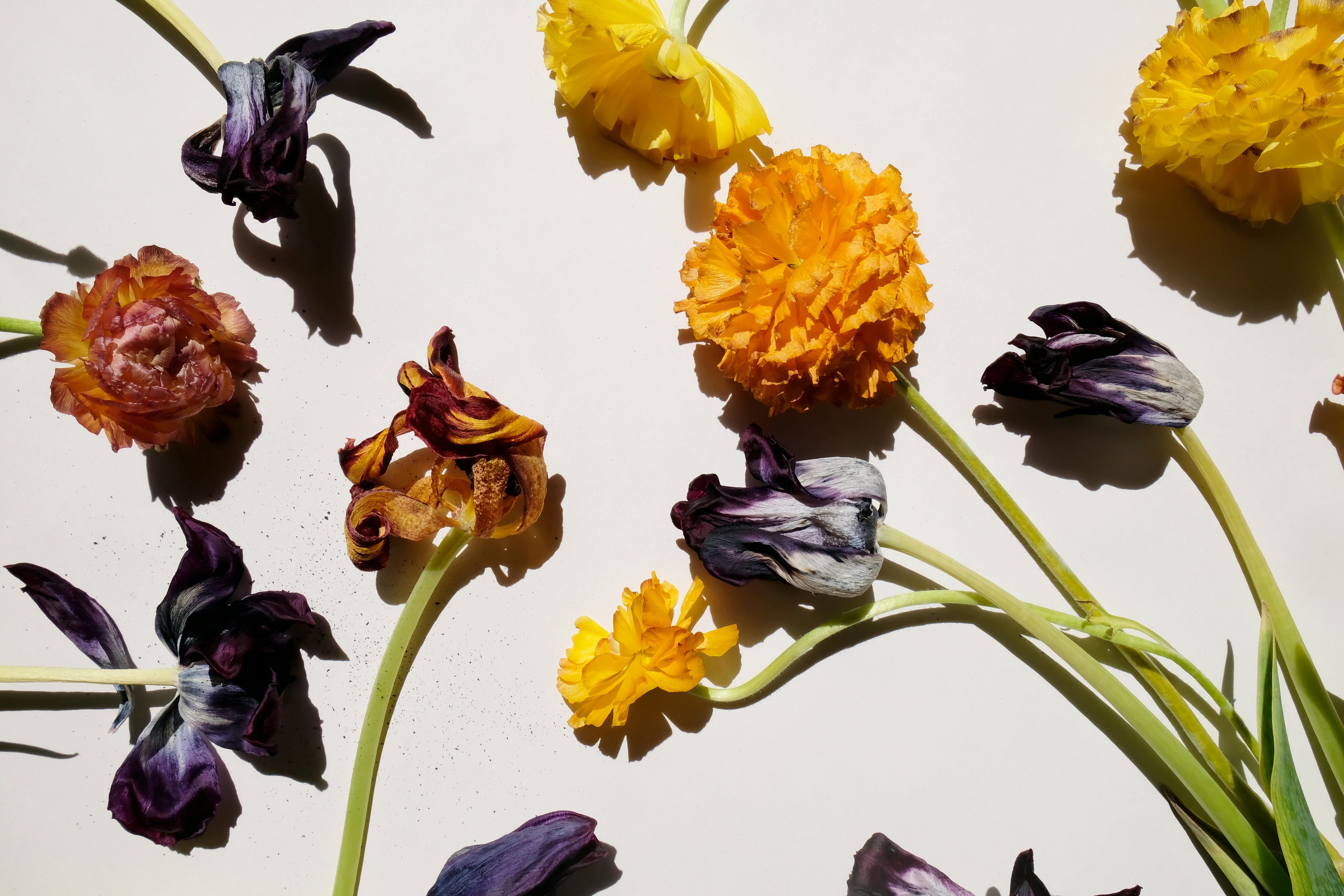
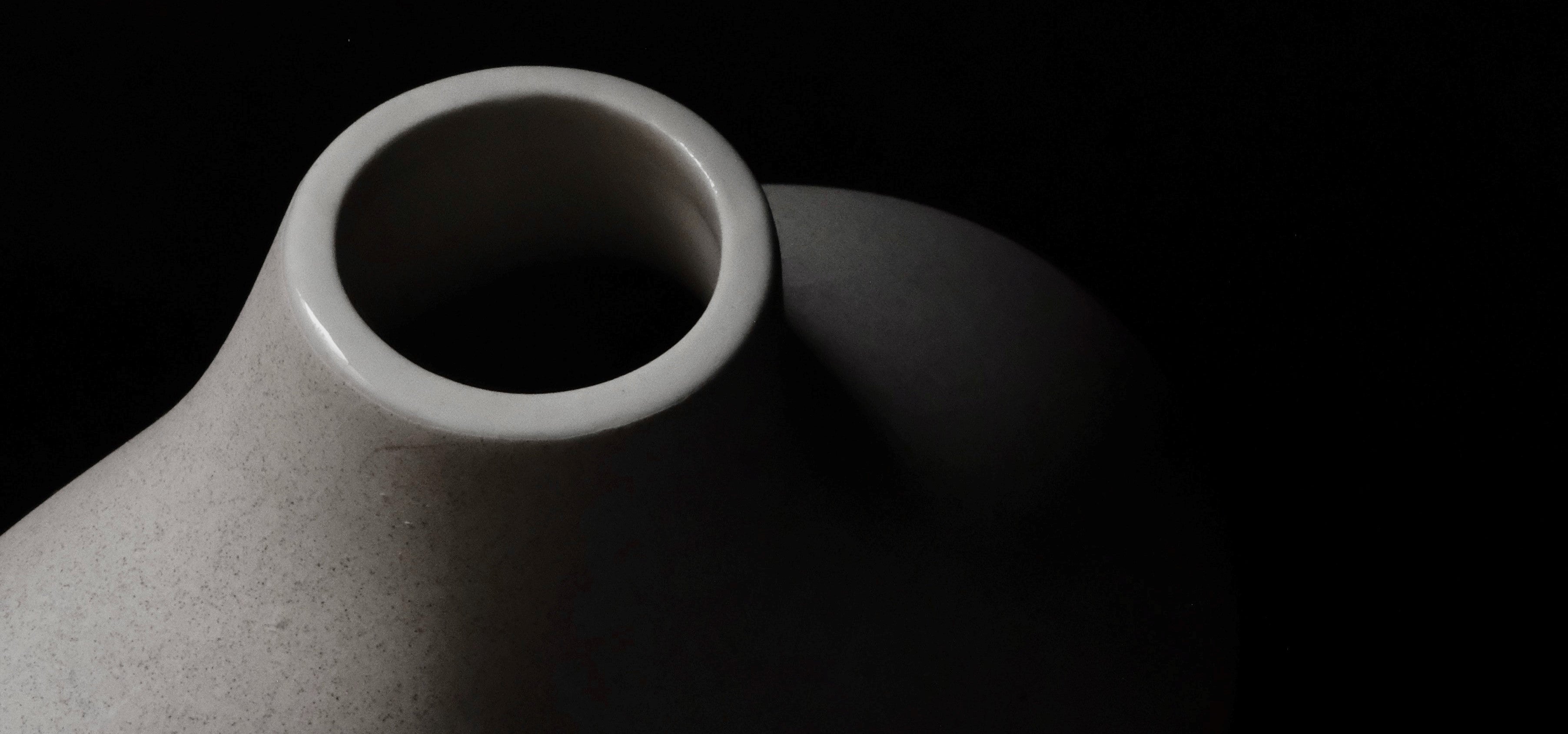
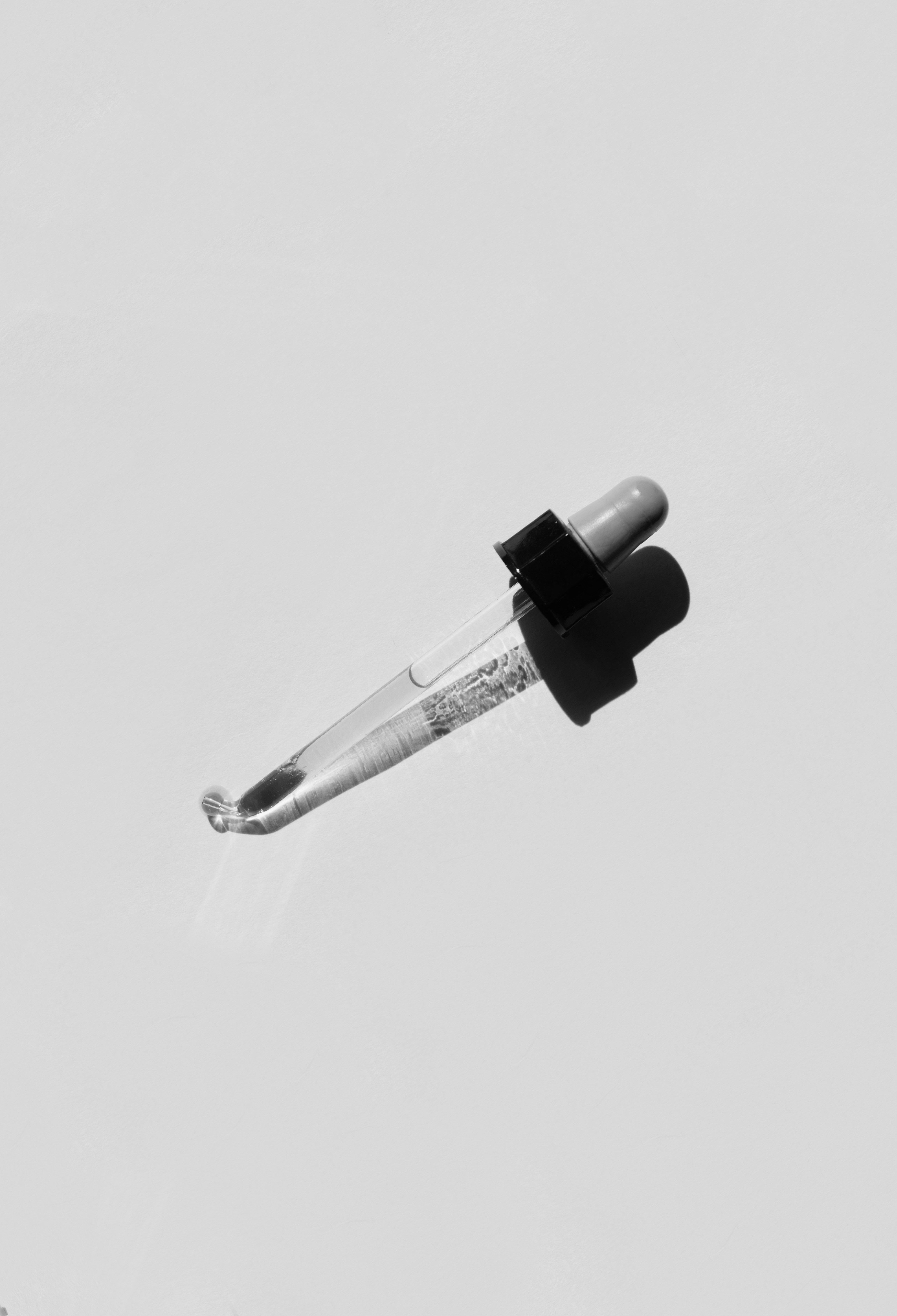
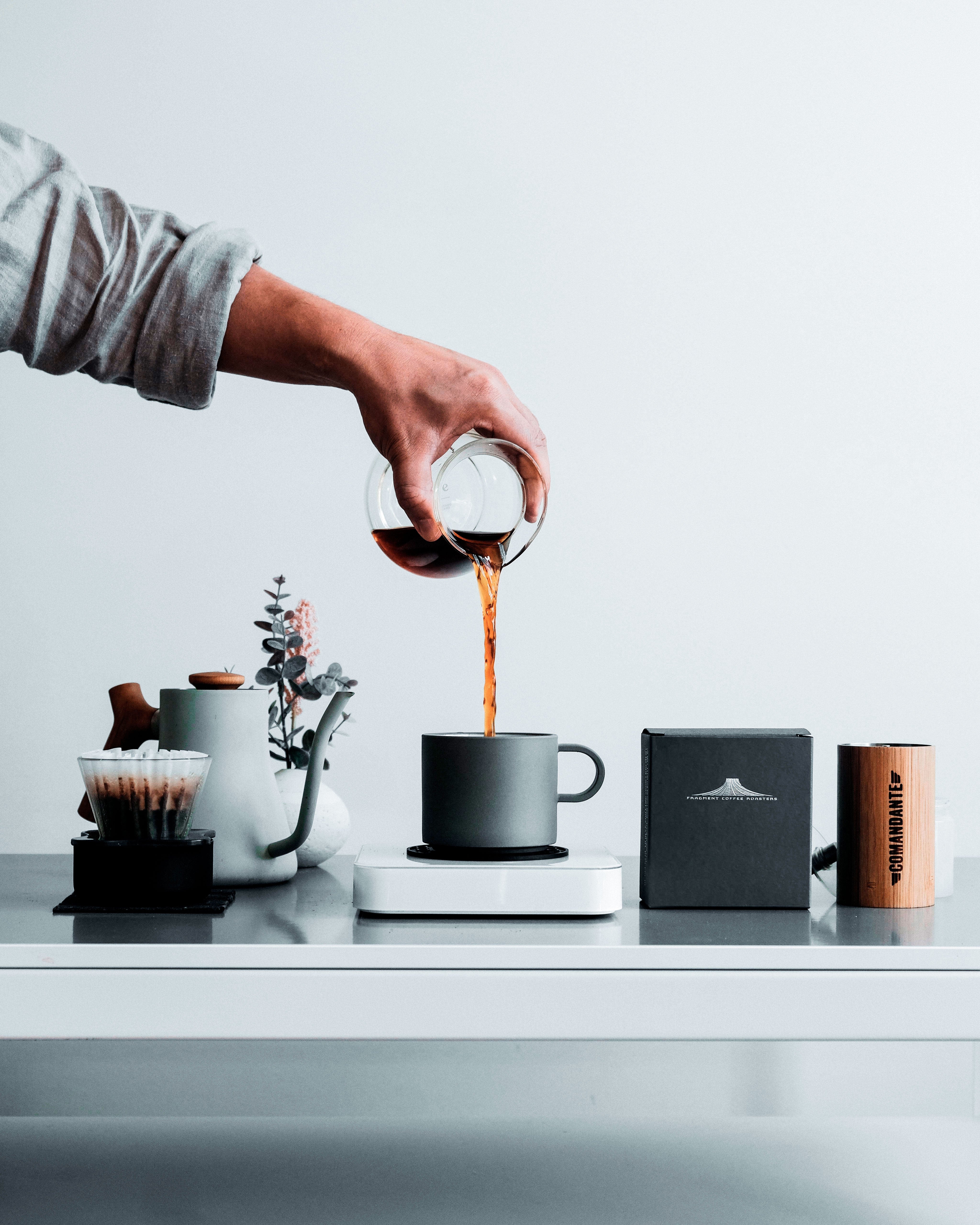
Leave a comment